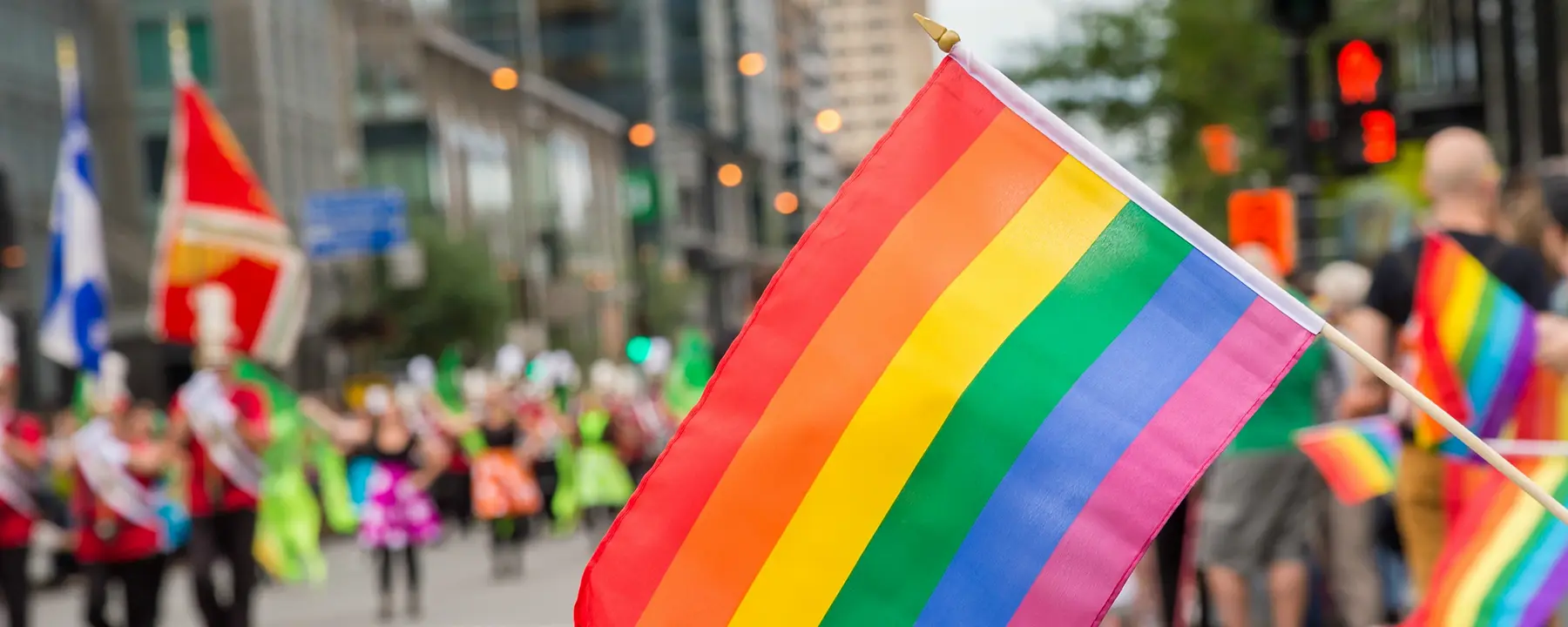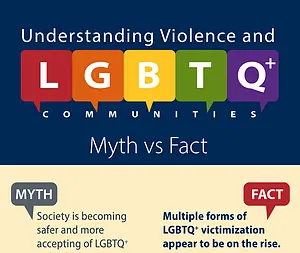Building the research base to protect vulnerable populations
In 2016, state legislatures across the United States considered more than 200 initiatives that would affect LGBTQ+ individuals. Many of the proposed laws would affect bathroom access for transgender and gender non-conforming individuals, while others would allow individuals or businesses to deny services to LGBTQ+ people.
In the context of these legislative debates and in the wake of the mass murder at the Pulse nightclub in Orlando, RTI set out to assess published evidence on the experiences of violence and victimization in LGBTQ+ communities and to inventory other existing data sources on these experiences in order to provide evidence-based information and statistics to policymakers and advocates. We also partnered with The Henne Group to carry out a series of focus groups with LGBTQ+ individuals in four regions of the U.S. to discuss their experiences.
The result of our work was the first-ever report to summarize 20 years of evidence on violence perpetration, victimization, consequences, and fear across several large fields of research.
Who Is Victimized, When, and by Whom?
Numerous studies have suggested LGBTQ+ people are more likely to be victims of various forms of violence and victimization, including bullying, harassment, violence, physical and sexual assault as well as hate crimes.
Studies focused on the experiences of LGBTQ+ persons indicate these individuals experience violence and victimization in disproportionate numbers through childhood, adolescence, and adulthood. Research also confirms that physical and verbal abuse of LGBTQ+ students during the school day is commonplace.
In conventional media representations of bias-related victimization, it is most often strangers or acquaintances who perpetrate violence against LGBTQ+ individuals. However, our research indicated that bias-related verbal, physical, and sexual victimization is more often perpetrated by close family members or partners of LGBTQ+ people, with bisexual people particularly likely to be victimized.
What Future Research is Needed?
Despite the perception that society is becoming more open and accepting of LGBTQ+ people, victimization disparities have not improved since the 1990s, when they were first measured. Some forms of victimization, particularly those aimed at youth, appear to be worsening.
Research on perpetration and victimization is always challenging; however, research on the victimization of LGBTQ+ individuals is further limited by inconsistent measurements of sexual and gender minority status. Research on gender minority individuals (including transgender individuals) lags behind research on sexual minority individuals (including lesbian, gay, bisexual and queer individuals). An increase in this research could inform the development of proper interventions and safety measures.
- RTI-funded
- The Henne Group


